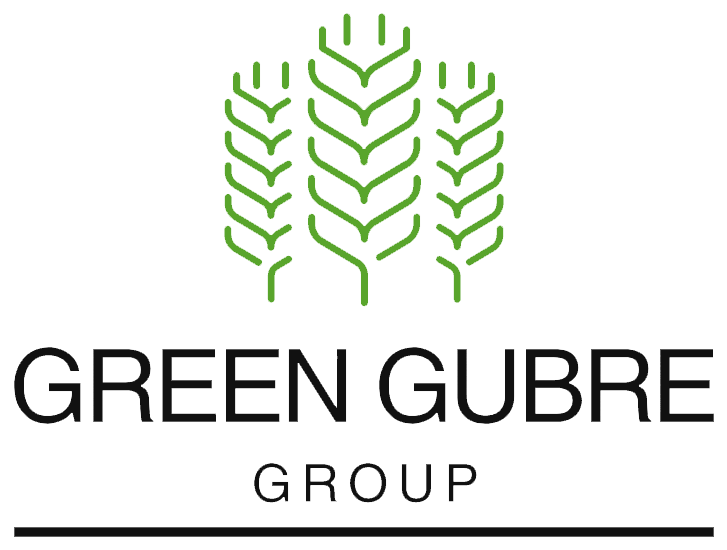East Asia’s Fertilizer Market in 2025 – Trends, Challenges, and Trade Opportunities
East Asia’s Fertilizer Market in 2025 – Trends, Challenges, and Trade Opportunities

East Asia plays a pivotal role in the global fertilizer trade as a major producer and a significant consumer. With powerhouse economies like China, Japan, and South Korea leading regional development, fertilizer demand is shaped by high-tech agriculture, government-driven sustainability programs, and shifting food security priorities. As we move through 2025, understanding East Asia’s evolving fertilizer landscape offers crucial insights for traders, producers, and policymakers seeking to engage with this dynamic market.
This blog explores the region’s fertilizer consumption trends, regulatory shifts, trade dynamics, and investment opportunities, highlighting key implications for suppliers worldwide.
Fertilizer Demand in East Asia: An Overview
East Asia’s agricultural systems vary greatly, ranging from high-tech precision farming in Japan and Korea to large-scale, fertilizer-intensive production in China. However, all nations in the region share a common goal: improving soil health while ensuring food security for dense populations.
Key Drivers of Fertilizer Demand in 2025:
- Rising Food Demand: With a combined population of over 1.6 billion, East Asia faces continuous pressure to increase domestic food production, particularly rice, vegetables, and grains.
- Soil Degradation: Years of overuse of nitrogen fertilizers, particularly in China, have prompted a shift toward balanced fertilization practices, including higher demand for compound fertilizers like NPK.
- Government Support: Subsidies for eco-friendly fertilizers and soil improvement programs in China, Japan, and South Korea influence market growth.
- Technology Integration: Digital agriculture, drone spraying, and AI-driven fertilization plans are accelerating the region's shift toward enhanced efficiency fertilizers (EEFs).
China’s Role: From Export Giant to Domestic Stabilizer
China remains one of the largest producers and consumers of nitrogen, phosphate, and potash fertilizers. However, 2025 has seen key shifts in policy:
- Export Restrictions: China has recently limited fertilizer exports to prioritize domestic food security and environmental sustainability. These restrictions affect global supplies of urea and phosphate fertilizers.
- Green Transition: China is investing heavily in green ammonia, carbon reduction in fertilizer production, and bio-based fertilizers to meet its dual carbon goals.
🌏 Implication: Exporters to China must now focus on CBAM-aligned, eco-friendly fertilizers or shift trade efforts toward other East Asian importers.
South Korea & Japan: Quality over Quantity
Both South Korea and Japan have low arable land ratios, but they compensate for this limitation with precision farming and advanced fertilizer technologies. These technologies, including EEFs, water-soluble fertilizers, and customized blends, are instrumental in maximizing the yield from the limited arable land.
- High Demand for Specialty Fertilizers: EEFs, water-soluble fertilizers, and customized blends dominate these markets.
- Strict Import Regulations: The emphasis on quality certifications, traceability, and environmental safety makes these markets lucrative but selective.
- Growing Biofertilizer Market: Both countries promote organic and microbial fertilizers as part of national green agriculture initiatives.
🌾 Export Opportunity: Suppliers of premium, sustainable fertilizers with verified carbon footprints can thrive here.
Trade Routes & Supply Chain Challenges
East Asia imports large quantities of potash and phosphate from the Middle East, North Africa, and Eastern Europe. However, in 2025:
- Port Congestion & Freight Volatility: Regional bottlenecks (especially in Chinese ports) continue to disrupt delivery schedules.
- Geopolitical Risk: Sanctions and regional tensions have increased freight rates and insurance costs for trade into and out of East Asia.
- CBAM Awareness: Although not yet adopted in East Asia, pressure from EU-aligned trading partners has prompted many firms to assess emissions and traceability protocols.
📦 Strategy Tip: To reduce exposure to logistical risks, exporters should partner with reliable freight forwarders and consider hybrid trade terms (FOB/CIF).
Market Opportunities for Global Suppliers
Despite the complexities, East Asia offers immense potential for fertilizer suppliers focused on sustainability, technology, and partnership. Key opportunities include:
- Green Ammonia & Biofertilizers: Fast-growing demand across Japan and South Korea.
- Low-Carbon Urea: Opportunities to export to China if emission limits are met.
- Customized NPK Blends: Especially for high-value crops like tea, rice, and vegetables.
Conclusion
East Asia’s fertilizer market in 2025 is defined by transformation. From China’s environmental reforms to Japan’s tech-driven farming and South Korea’s demand for quality, the region is setting new standards in fertilizer application, regulation, and sustainability. For global suppliers and traders, success lies in understanding local trends, aligning with and actively supporting environmental goals, and offering innovative, efficient fertilizer solutions that meet both productivity and climate goals.




